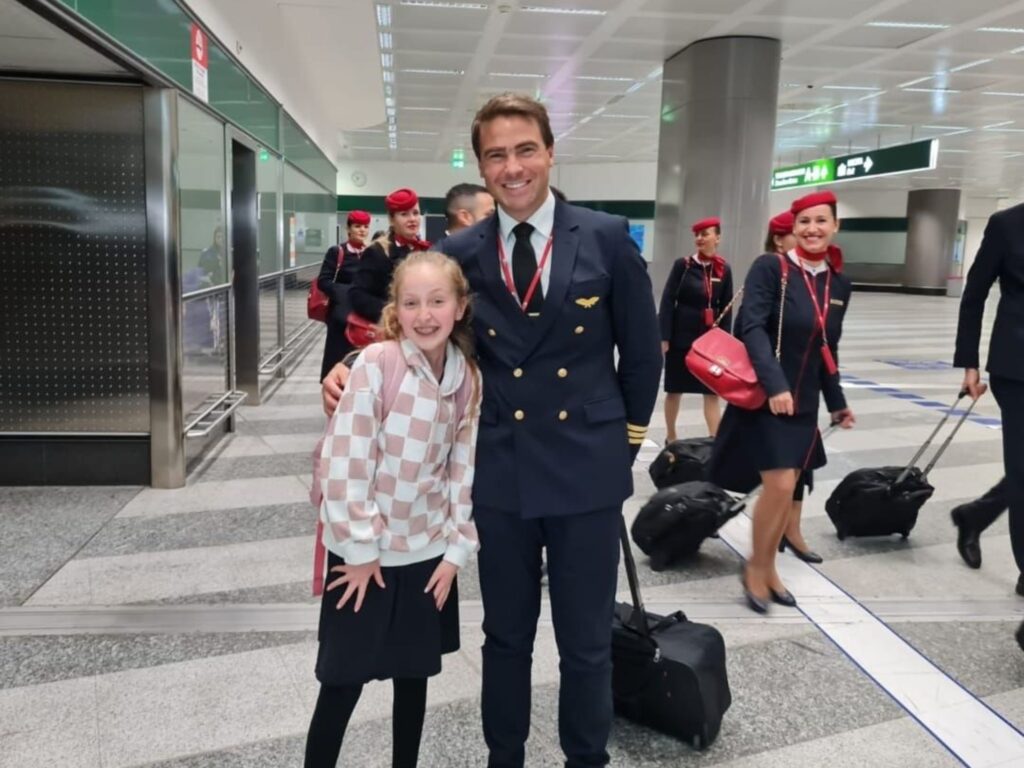Leadership lessons often come from the most unexpected places.
Sometimes, the most profound insights about organizational behavior and human potential emerge not from boardrooms or business schools, but from everyday moments with those closest to us.
This is the story of how a simple question from my 12-year-old daughter revealed a fundamental truth about leadership that many organizations struggle to grasp.
The Four-Year Journey
I had an agreement with my daughter: “Finish the Bible with me and we will travel to a place of your choice.” It took four years, and last year we traveled to Italy.
As we were planning the trip, she asked to help find the hotels and Airbnbs. She was 12 at the time and asked me a question that amazed me: “Dad, what is our budget for the Airbnb…?”
The Profound Realization
When my 12-year-old asked about our travel budget, she revealed a profound leadership lesson: children rise to the expectations we set.
In asking this question, she wasn’t just planning a trip—she was demonstrating what many organizations struggle with: understanding constraints before executing vision.
The Leadership Lesson
What struck me most was how naturally she approached the task with the right mindset.
Without any prompting, she understood that effective planning requires knowing the parameters within which you’re working.
She didn’t start by dreaming about the most expensive accommodations or making plans in a vacuum. Instead, she asked the fundamental question that would guide all subsequent decisions.
This behavior exemplifies what many seasoned professionals and entire organizations fail to do consistently: understanding constraints before executing vision.
How often do we see teams embark on projects without first establishing clear boundaries, budgets, or realistic parameters?
Reflection for Leaders
What values are you implicitly teaching in your leadership practice?
My daughter’s question made me realize that we’re constantly modeling behavior and setting expectations, often without realizing it.
By involving her in the planning process and treating her as a capable contributor, I had inadvertently taught her to approach challenges with the right questions and mindset.
Conclusion
The most powerful leadership lesson isn’t always found in management books or corporate training programs.
Sometimes it comes from a 12-year-old who intuitively understands that good execution starts with understanding your constraints.
As leaders, we have the opportunity to set expectations that allow others to rise to their potential—whether they’re team members, colleagues, or even our own children.
The question remains: Are we setting expectations that challenge people to think strategically, or are we limiting their growth by not trusting them with real responsibility?
My daughter’s simple question reminded me that when we expect more, we often get more than we ever imagined possible.
